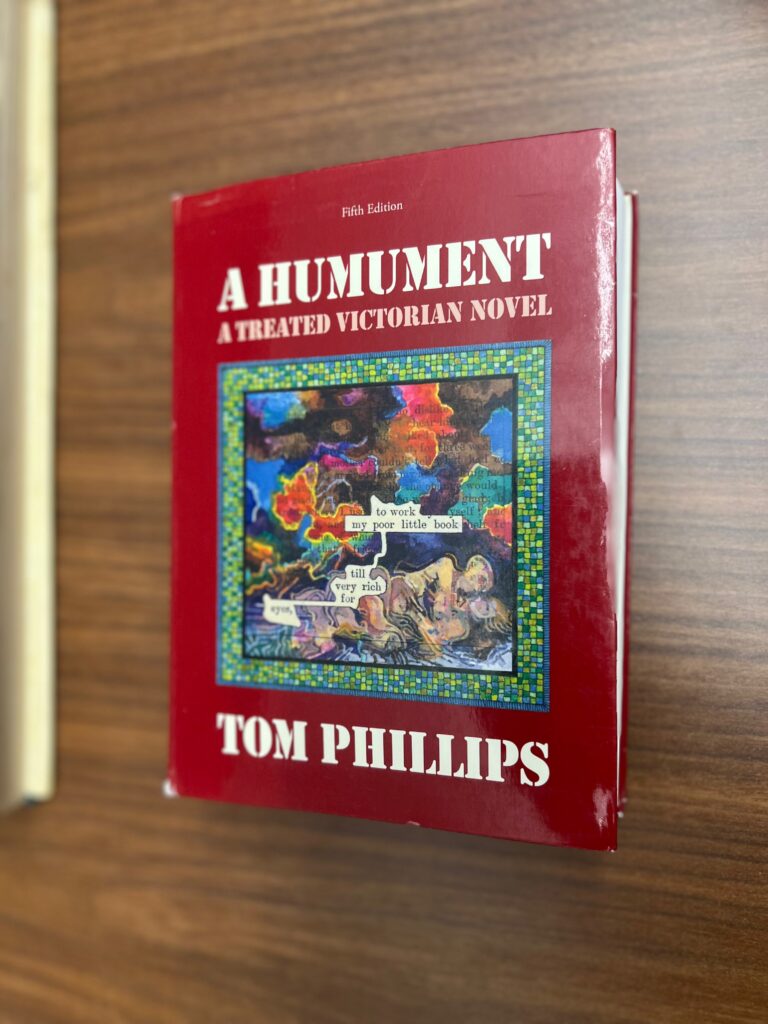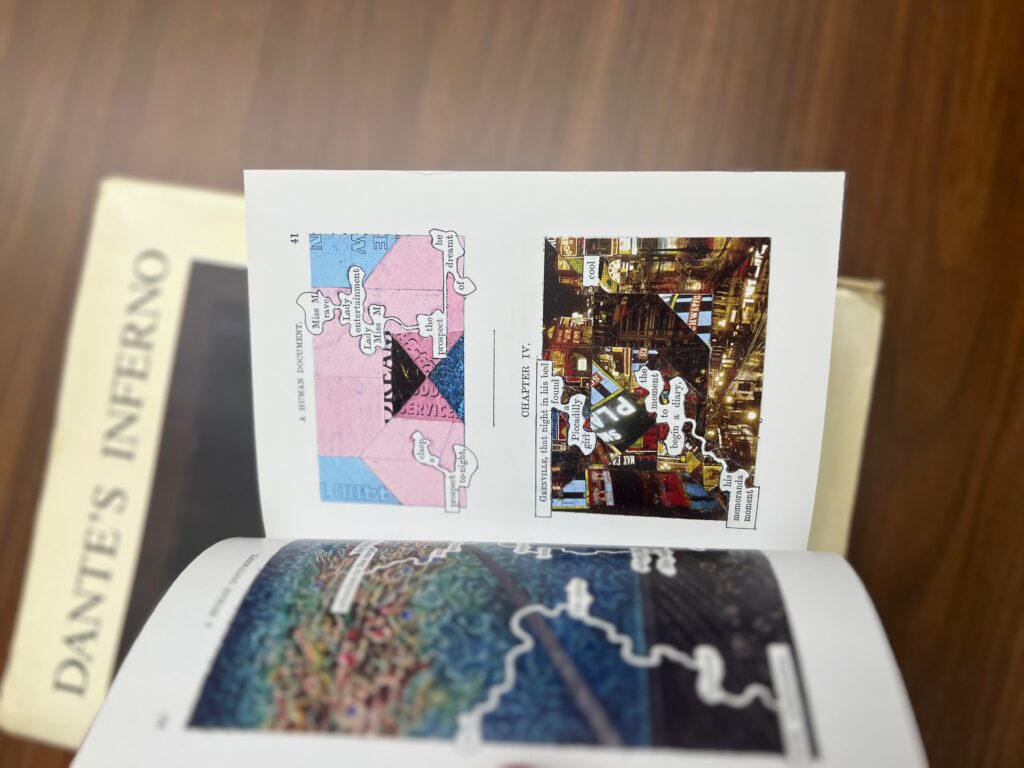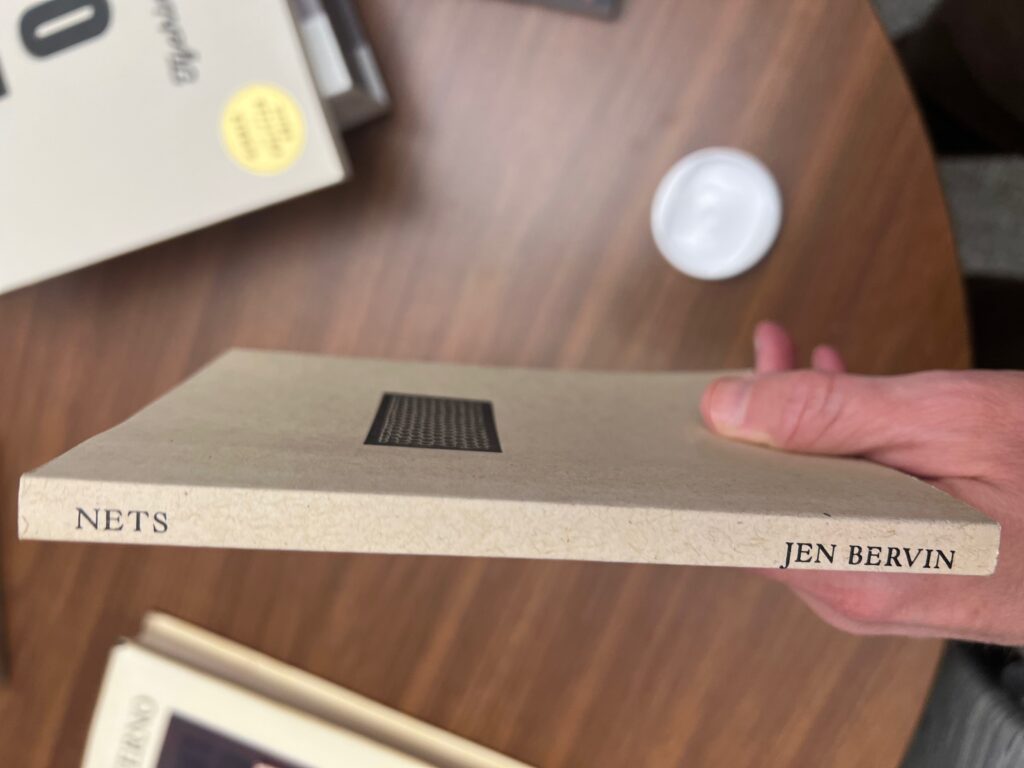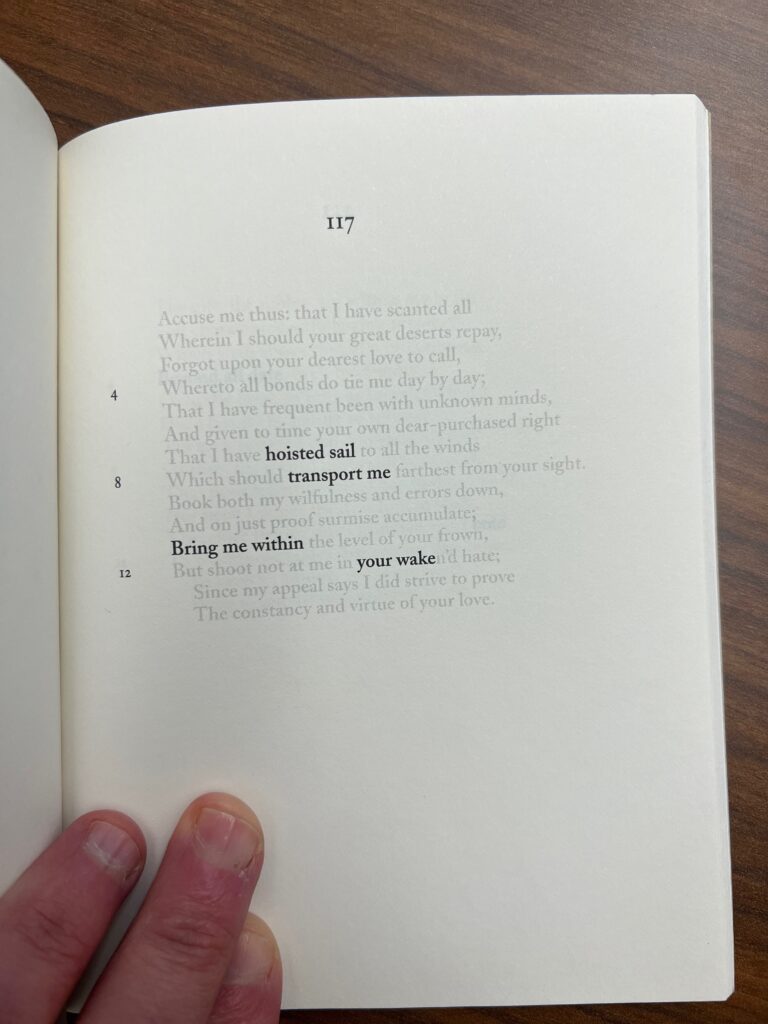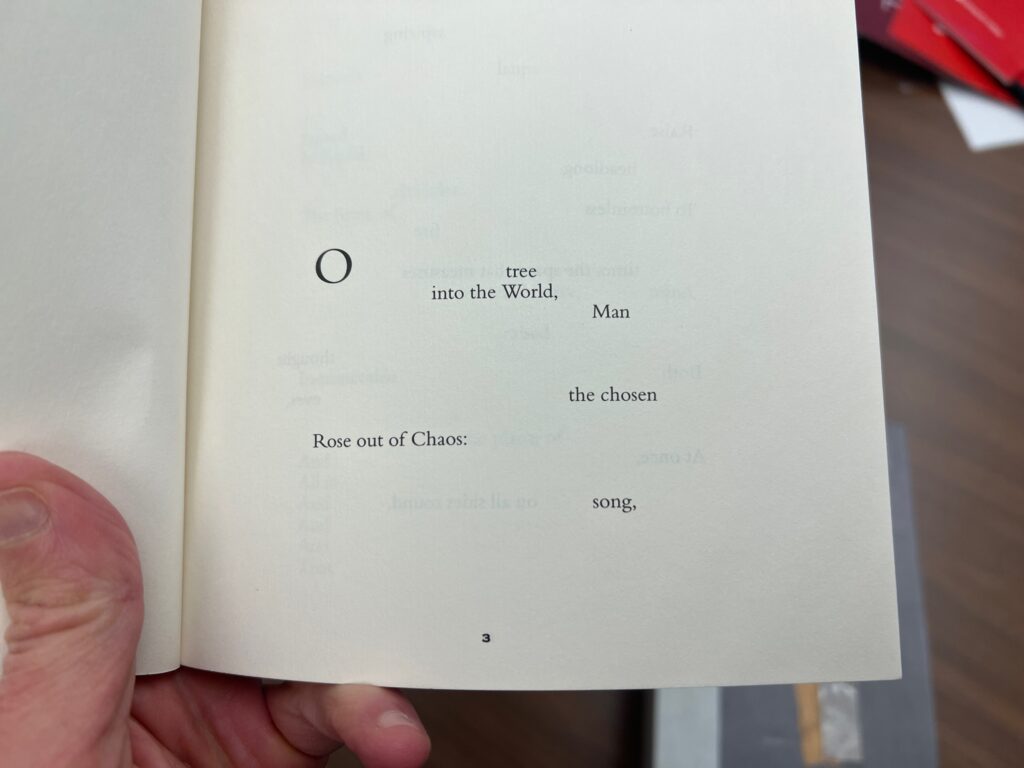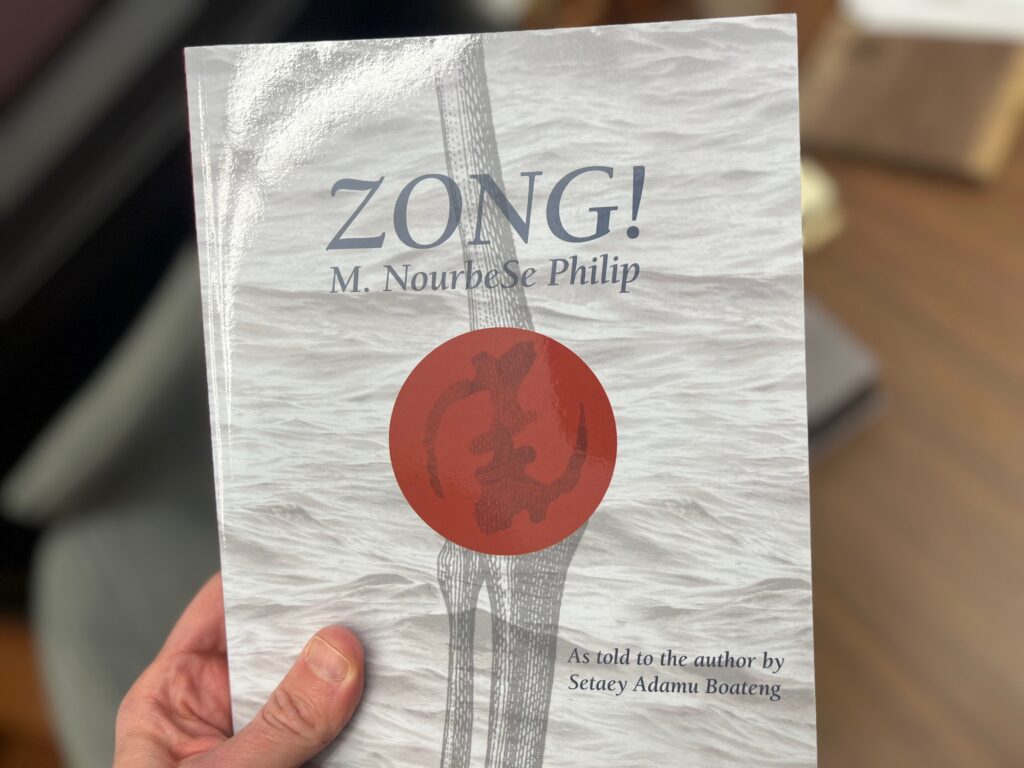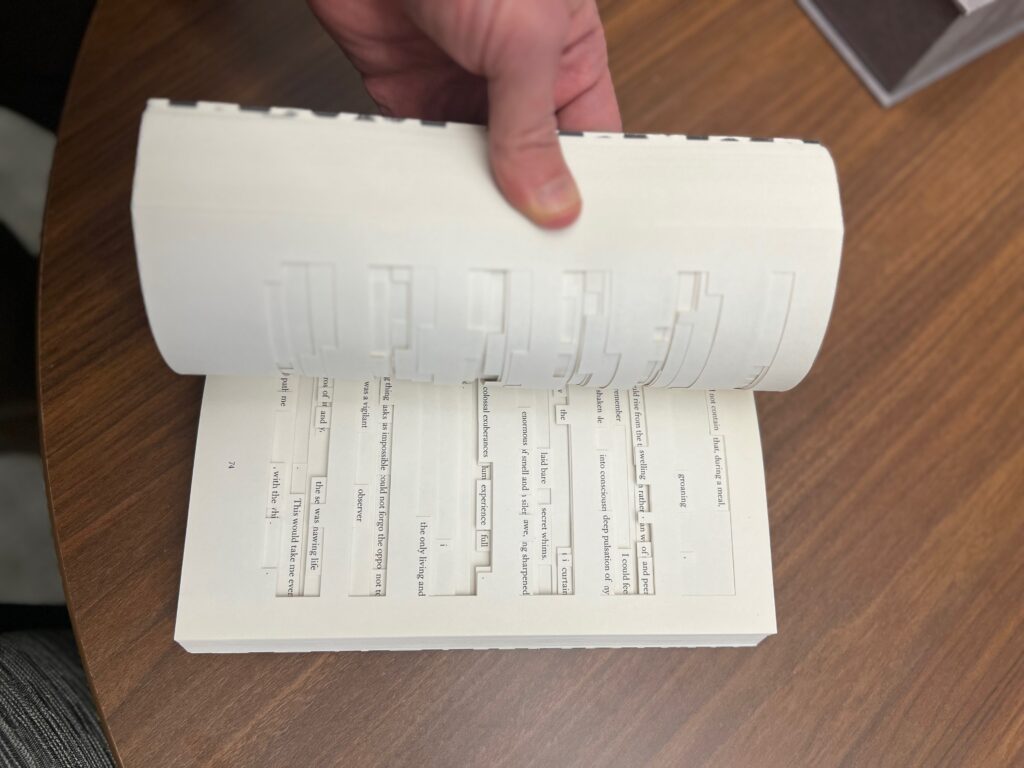Advising at a Distance, Letter 1
Hello from Grinnell!
Dear advisees,
As we prepare to make the transition to Grinnell online for the rest of the semester, I want to check in with you, collectively and individually. I hope you are safe and settled into your location for the rest of the semester. I’m going to convey a few different things in this letter, so it is a little long, and I appreciate your attention.
A Short Survey: Where and How Are You?
I know this is a disruptive and scary time for everyone. I want to offer consultation and comfort however I can. To that end, please reply to this message (just to me) within a day or two with answers to these questions:
- Where are you? (Just the location is fine, so I understand how to think about time zones and such; if there’s anything else you want to share about your living circumstances, you’re welcome to.)
- Do you plan to remain where you are for the rest of the semester?
- How’s your internet? Do you have reliable wifi? Are you worried about any sites being blocked that your teachers might ask you to use?
- I will be communicating primarily by email when I need to share information with you (as in this letter). Do you anticipate any problems being able to read email regularly?
- What are your biggest concerns about the rest of the semester?
Academics in the Time of Coronavirus: A Mindset
It’s difficult to offer general thoughts about navigating the current time. Some people are wrestling primarily with the restrictions of social distancing. Others have pressing and alarming concerns about the disease itself, mental health, family and living situations, money, and more. We are all probably experiencing, at least, some manifestations of communal grief, whether specific to our own circumstances or generalized and anticipatory.
I hope that you are finding your teachers to be modifying your classes in ways that reflect the new constraints of our situation. You can also make choices that can help yourself as well. For the obvious example, you can choose to convert any or all of your classes to S/D/F (pass/fail) grading, an option I strongly recommend. I would not normally recommend S/D/F for most circumstances, but given the College’s implementation of the special policy for this semester, you have the flexibility you need to do it. And lots of colleges and universities are making pass/fail grading the default or even mandatory option, so employers and graduate schools will understand what they’re seeing when they look at transcripts for Spring 2020.
When you consider that and other options for making your near future easier to handle, try to project yourself into the near future a little bit. And I need to be bleak for a minute, in an effort to be helpful. Exponential growth—the way highly transmissible virus spreads—is hard for humans to grasp. But if you look carefully at the current data about this virus, on a site like this excellent one from the Financial Times, you’ll see an inescapable conclusion: in the United States and in many other places, the impact of the virus is about to get much, much worse. Many other parts of the world are on similar trajectories. When you make decisions now about academics, keep in mind that you are making those decisions on behalf of your future self, for a time when the effects of the virus and related circumstances—such as increasing restrictions on movement and socialization—may be further draining the resources you bring to academic work. I’m specifically thinking of the S/D/F option here, but you may consider other ways in which you can plan now to help your future self.
If you are not in a situation of personal emergency, I do want to offer some general advisorly advice about managing the coming weeks. (I’ve been reading and listening to a lot of things like this podcast about helpful routines.) Creating a structure for a typical week will help a lot—something like your Grinnell routine with adjustments for your own needs. Remember that your body interprets all screen-watching as a strain, whether it’s work or Netflix. Anything you can do to get away from the screens—reading, walking, stretching—will help relieve that stress. And specifically, watch out for overconsumption of news and social media. I have suspended some social media accounts and put automatic time limits on the rest, and I find those limits very helpful.
Staying in Touch (Including a New Office Hour)
Again, I know that everybody’s in their own situation, and some of this advice may feel inappropriate to your circumstances. If it feels that way to you, I sincerely apologize. Please understand the advice, and everything here, as a manifestation for my concern for all of you, my worry about you, my deep wish that you can find your own ways to navigate this situation safely and find your way back to thriving as soon as possible. If I can help you in ways that I have not imagined here, please let me know.
One way to get in touch with me is through an office hour I’ll hold every week just for you in my Webex room. That office hour will be at 10:00 a.m. Iowa time. (I’m also holding office hours for each of my classes. My old office hour schedule, which was not so good for global time zones, no longer applies.) We can definitely talk by phone or chat if Webex isn’t possible or convenient for you; just send me an email, and we’ll set up one of those alternatives. And if the time doesn’t work, we’ll find another that does!
Please know that I’m thinking of all of you, wishing you and your loved ones health, safety, and comfort. Do take care.
ES

